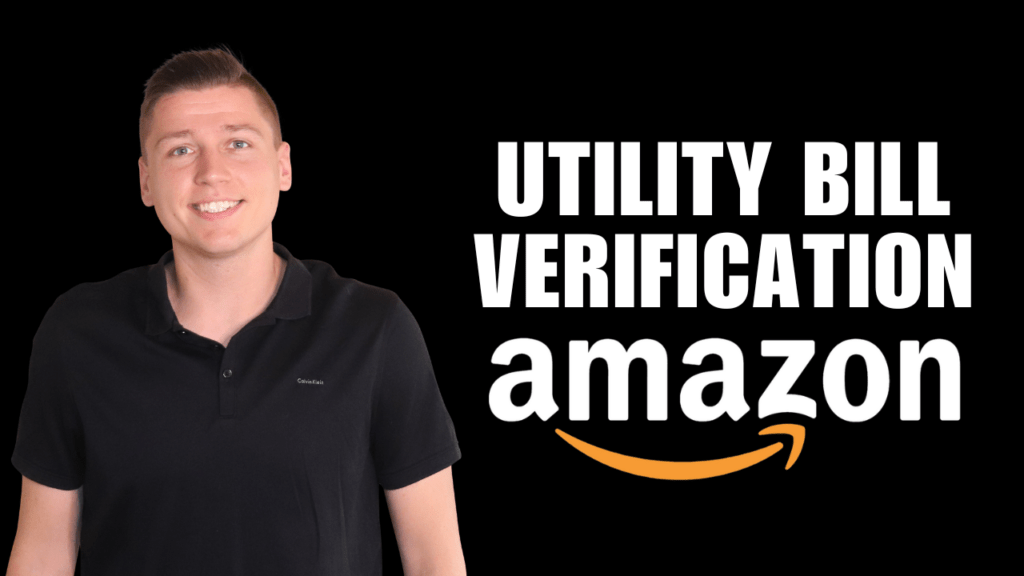Product research is by far the most frustrating step for Amazon sellers. Nothing’s worse than spending hours sifting through products with no progress to show for it. Even worse, it’s nearly impossible to determine if products will actually be profitable. So how do you know which product to invest in?
I’ve made in-depth tutorials on product research and wrote about ideal metrics to be on the lookout for, So I thought it’s only appropriate to share what NOT to look for when performing product research.
By the end of this 5 minute read, you’ll have a clear idea of what to glance over so your product research is more effective and time efficient.
Tiny Electronics
There’s always the risk of faulty or defective products, but especially when sourcing inexpensive items with electronic components.
Selling small electronic gadgets like headphones and smart devices may be tempting, but I urge against it. I call these products “check out trash,” or the cheap-low quality electronics you’ll often see alongside batteries, gum, and sugary beverages at the checkout line.
To increase your chances of success, I recommend staying away from these altogether. Odds are high that at least one will malfunction, and a single 1 star review from a faulty gadget is all it takes for your entire investment to go bust.
These are the most common sub-categories to skip altogether.
- Most smart home items
- Small wearable devices
- Headphones and earbuds
- Power banks
- Cell phone charging accessories
- Novelty devices like laser pointers and noise-makers
- Sirens and alarms
Basically any electronic device under my recommended price points of $5-$35 runs too big a risk for new sellers. I’d avoid them at all costs.
Most Clothes (But Not All)
First, don’t get me wrong. Amazon’s apparel market is very profitable.
However, the reason I stray away from clothing and apparel is simple: there’s too many damn returns. Returns and exchange rates are higher for clothing than other categories. And quite frankly, it’s a lot of work. Apparel listings can become a time suck, and the added resources you’ll need to manage them are, in my opinion, not worth the trouble.
Of course there’s exceptions. Some sellers have luck with one-size-fits all products like scarves, mittens, novelty socks and jewelry, but it’s not a risk I’m personally willing to take.
Products that Offer Better Health
Imagine this hellish scenario.
With the best of intentions, you start selling a posture-correcting brace that helps people avoid poor-posture while at the computer.
To your delight, positive reviews begin pouring in praising the product’s performance…but so do negative reviews.
For every 20 positive reviews, 1 or 2 describe increased pain and discomfort from wearing the device. Before you know it, an email appears from an angry customer threatening legal action due to the product having adverse impacts on their health.
Avoiding such legal risk is one of the many reasons why I champion starting an Limited Liability Company. Because the truth is, this scenario could play out on any number of items.
This will take judgment on your part, but here are some product categories to approach with caution.
- Stand assistance products (crutches, safety rails)
- Splints and corrective braces
- Mouth tape or anti-snore devices
- Items related to senior care/safety
- Step ladders and harnesses
- Certain sport equipment like climbing gear, ropes, etc.
Supplements and Vitamins
Health and wellness are massive industries with huge profit potential on Amazon.
That being said, use caution when selling supplements, vitamins, and again, similar items that offer better health (as stated above), as there are extra steps to take to sell such products.
Speaking from experience, here are a few things to watch out for.
- Review Amazon’s Dietary Supplements Compliance Checklist to make sure you’re abiding by all the small print.
- Familiarize yourself with the U.S. Food and Drug Administration (FDA) approval process for selling these items.
This category is highly regulated on Amazon, so make sure you can abide by all local, state, and federal guidelines prior to investing.
Anything Related to Guns/Violence
Amazon not-so-clearly lays out its guidelines on explosives, weapons, prohibited products, and dangerous/hazmats. Good luck trying to figure it all out. In my opinion, anything that remotely falls into these categories should be avoided.
Amazon might be picky with documentation, photographs, etc. and even still, you run the risk of your listing being deactivated or rejected quicker than other listings. That’s why I avoid such items altogether.
Fad Items
I’ve rolled the dice and failed on a number of “fad” items including fidget spinners and paracord bracelets.
The reason trending items are risky are:
- Competition: Odds are everyone has the same idea as you
- Trending items often result in manufacturers that are willing to lie and cut corners to supply the sub-par “product” as quickly as possible.
- Trends are time sensitive. By the time you source, ship, and list your products, the trend may be long-gone, as will your profits.
It is, however, possible to profit on seasonal “fad” items (if you will). I break down unsaturated seasonal markets in this YouTube tutorial here.
I recommend using Google Trends to get better data on trending products and search terms.
Are You Looking to Verify Your Product by an Experienced Amazon Seller?
My Amazon Winners Academy (AWA) mentorship guides you through the entire Amazon FBA process and provides a community of support with others on the exact same journey.
You’ll get hands-on support from experienced sellers with your same goals and aspirations.
AWA gives you a much-needed safeguard from costly mistakes, dead ends, and failed product investments to efficiently reach your passive income goals.
So whether it’s solving issues with your Seller Central account, creative approaches to product research, scaling to new markets and niches, validating product ideas, customer service issues, and more, we’ve got you covered.
Learn more about it here.


